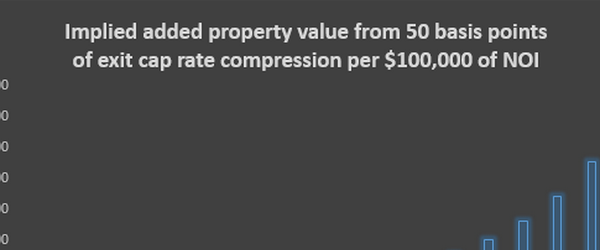Hedonic models are econometric models that can be used for the estimation of the market value of a property. These models are estimated through advanced statistical techniques.
The most commonly used technique for estimating such models is regression analysis. This technique actually estimates the value contribution of each of the major characteristics of a property that may be valued by consumers and influence its market price.
Hedonic techniques are well suited for valuation purposes since properties are highly heterogeneous in terms of several attributes that affect property value, such as location, access, and property characteristics physical and other. For example, attributes that can enter into a hedonic valuation model for the local housing market, usually include characteristics such as number of bedrooms, size of the plot, size of covered space, distance to the city center, quality of neighborhood, quality of structure or age, etc. In order to estimate such a hedonic model the analyst needs to have full data on a significant number of sales transactions including information on the characteristics that enter the econometric valuation model.
The regression analysis technique estimates the effect of each of the attributes that contribute to property value, while keeping the values of the other attributes in the model constant. A hedonic valuation model can be used to construct a constant-quality price index for the market from which the transactions are drawn for the calibration of the hedonic equation. Such index would describe the movements through time of the market price of a constant-quality house.
An example of a hedonic valuation model estimated with regression analysis would be:
Price= a + b * attribute1 + c * attribute2 + d * attribute3
where the coefficients b, c and d represent how much each unit of the respective attributes (attribute1, attribute2 and attribute3) is valued by the market.
The functional form of the statistical equation estimated may not necessarily represent linear relationships between value and the quantity of an attribute, as is the case above.




































Comments